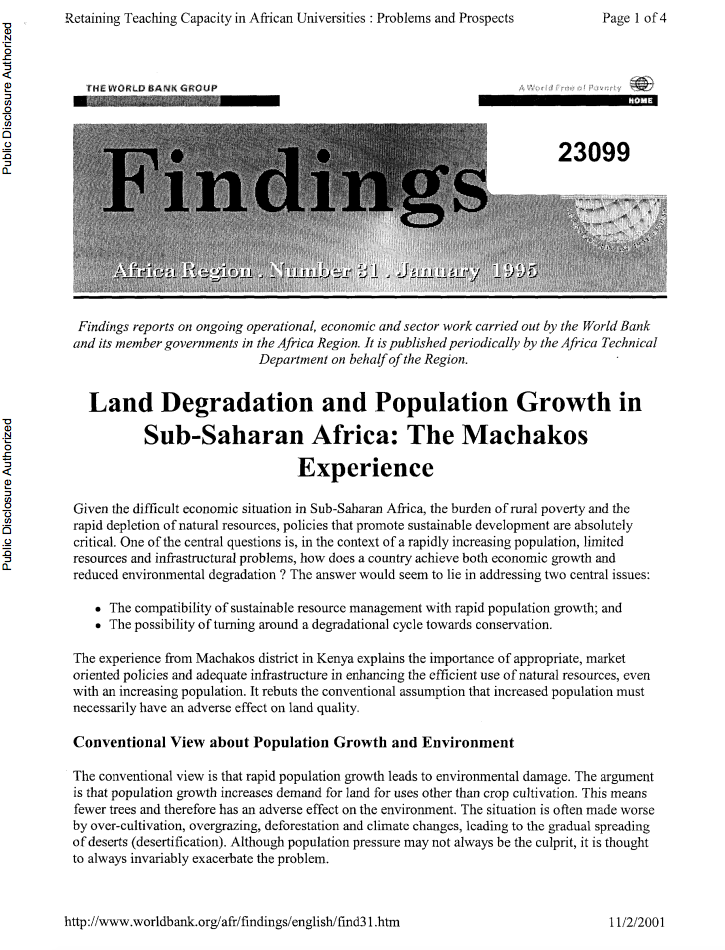China : Air, Land, and Water - Environmental Priorities for a New Millennium
This report represents a further chapter
in the dialogue between the World Bank and the People's
Republic of China about how to promote economic growth and
protect China's environment. There are three
cross-cutting issues that keep recurring throughout the
analysis. These issues characterize the environmental
management challenge over the next decade: First, the
environmental agenda is becoming so complex and large that


